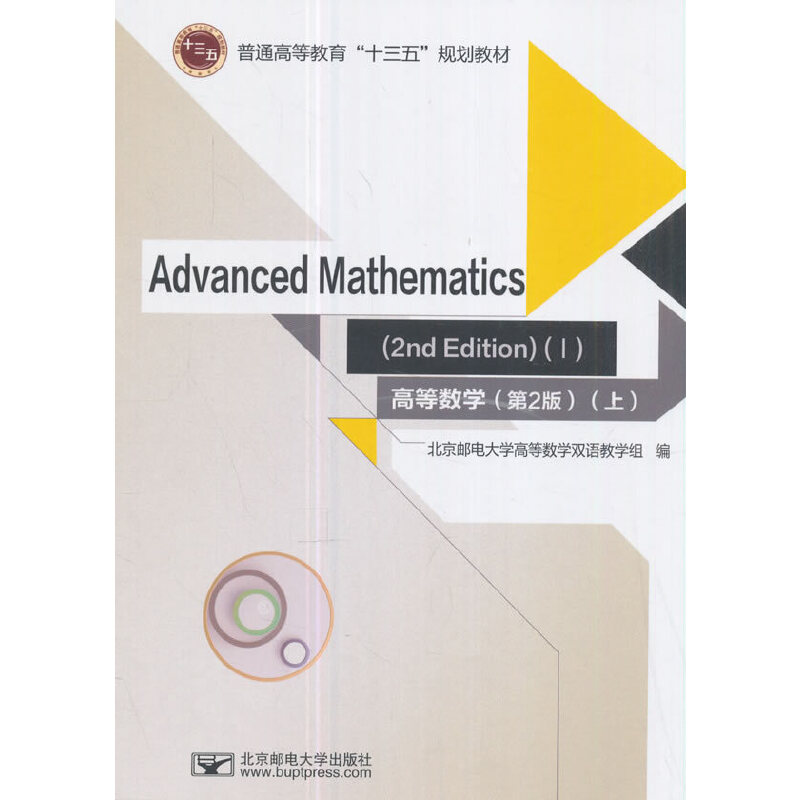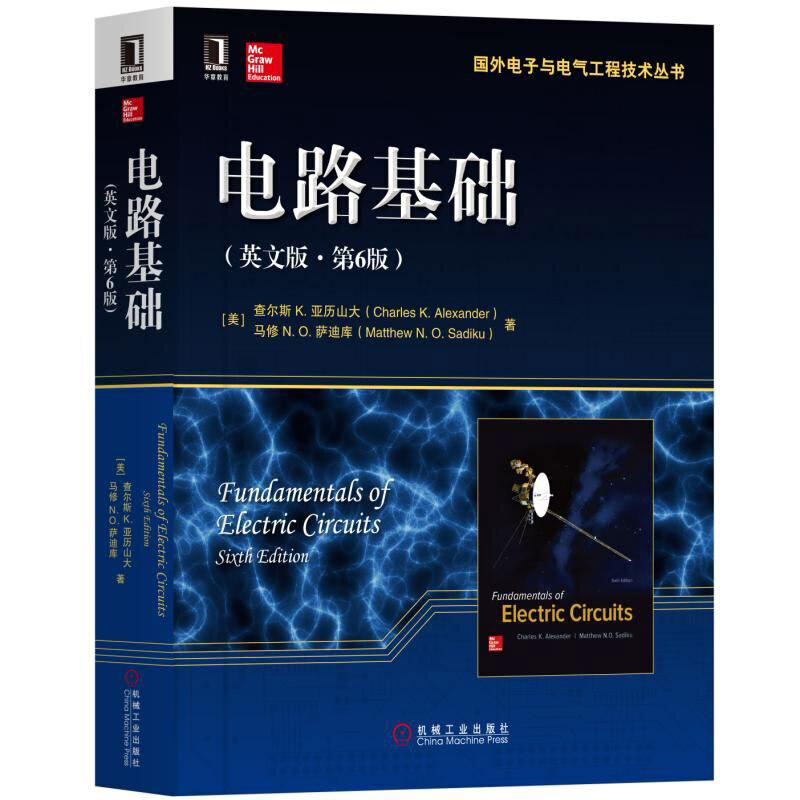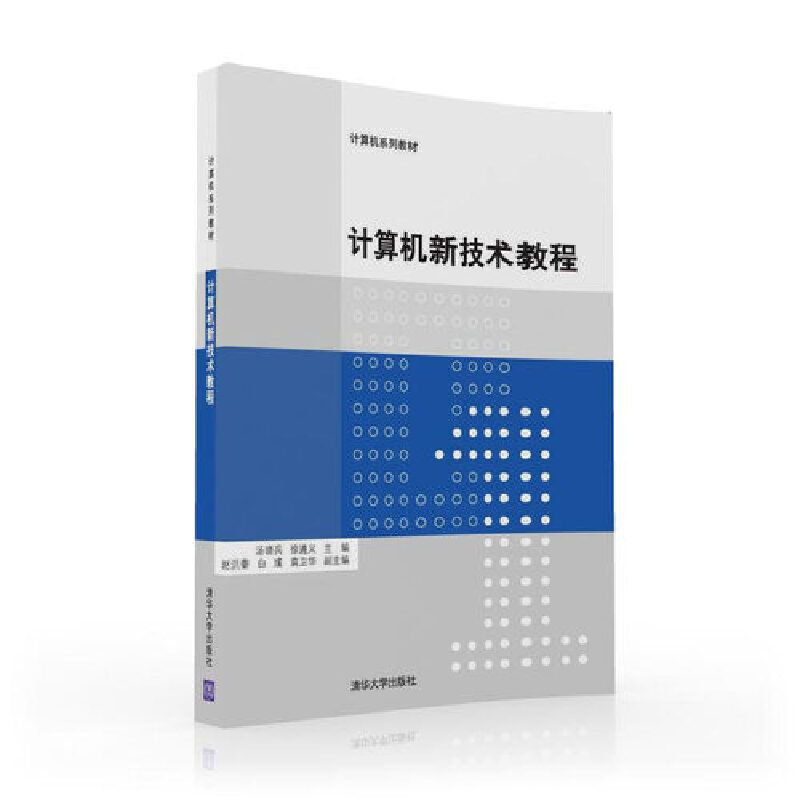高等数学(第2版)
作者: 北京邮电大学高等数学双语教学组
出版时间:2017年9月
出版社:北京邮电大学出版社
- 北京邮电大学出版社
- 9787563552726
- 137316
- 47186806-7
- 2017年9月
- O13
- 数学
- 本科
本书是根据国家教育部非数学专业数学基础课教学指导分委员会制定的工科类本科数学基础课程教学基本要求编写的全英文教材,全书分为上、下两册,此为上册,主要包括函数与极限,一元函数微积分及其应用和微分方程三部分。本书对基本概念的叙述清晰准确,对基本理论的论述简明易懂,例题习题的选配典型多样,强调基本运算能力的培养及理论的实际应用。本书可作为高等理工科院校非数学类专业本科生的教材,也可供其他专业选用和社会读者阅读。
The aim of this book is to meet the requirement of bilingual teaching of advanced mathematics.This book is divided into two volumes, and the first volume contains functions and limits, calculus of functions of a single variable and differential equations. The selection of the contents is in accordance with the fundamental requirements of teaching issued by the Ministry of Education of China and based on the property of our university. This book may be used as a textbook for undergraduate students in the science and engineering schools whose majors are not mathematics, and may also be suitable to the readers at the same level.









